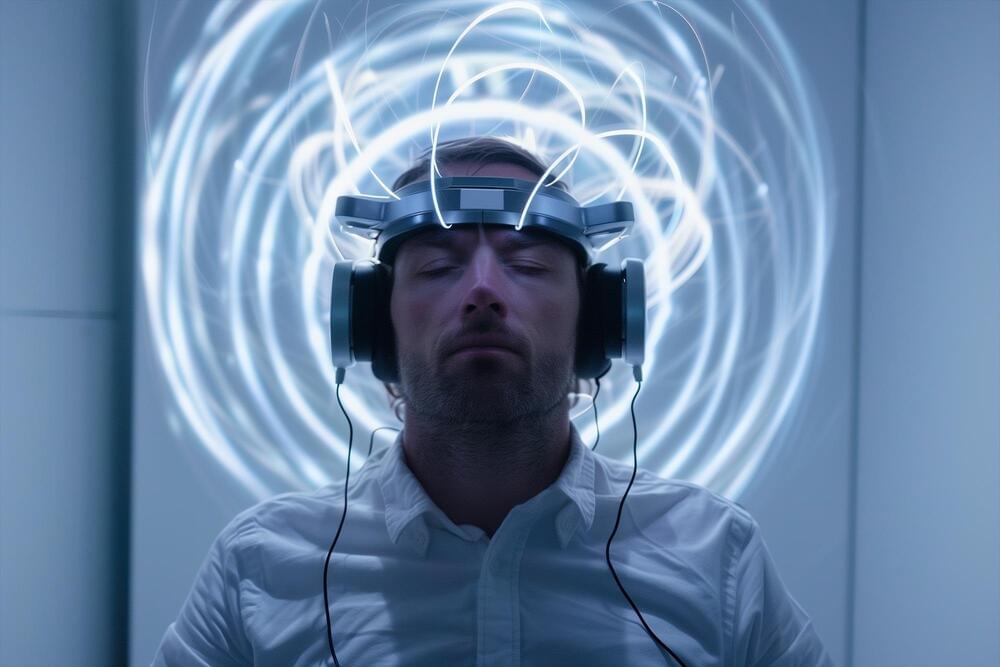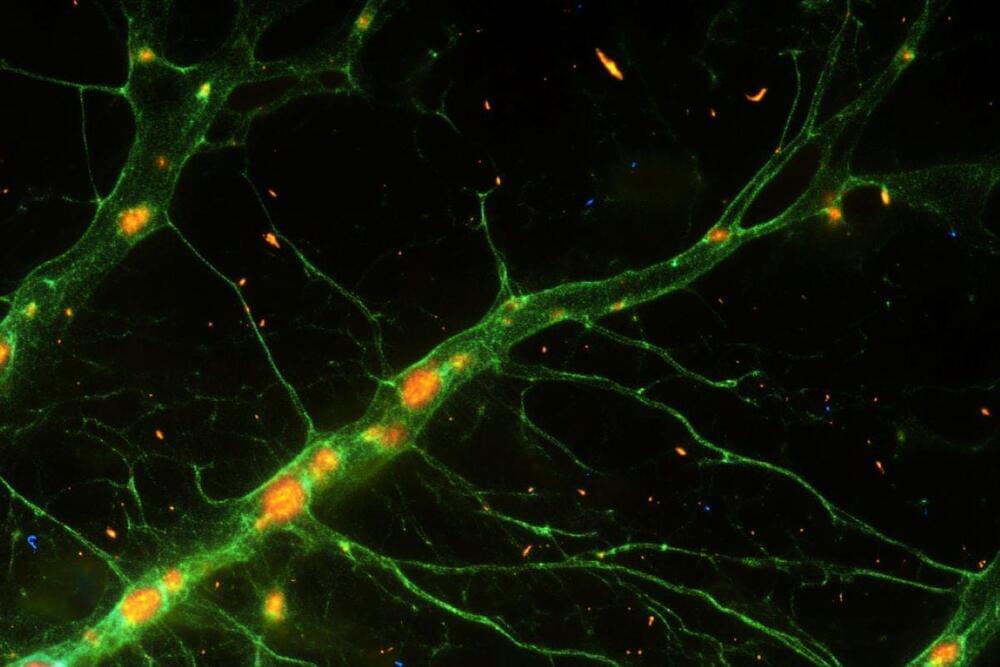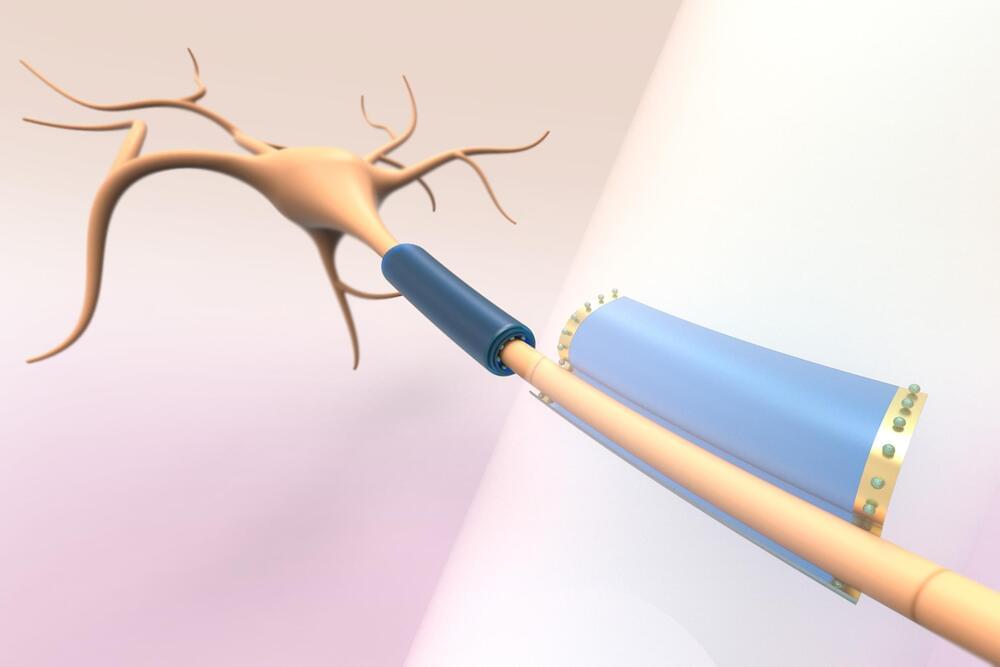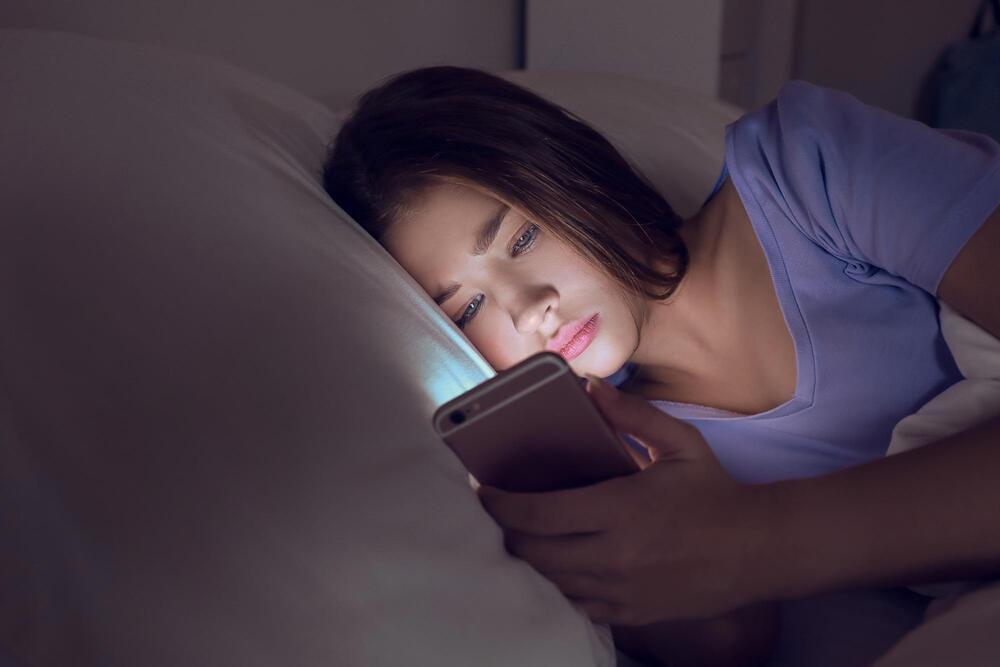Researchers found that neural crest stem cells are uniquely capable of reprogramming, challenging current reprogramming theories and opening possibilities for stem cell-based treatments.
A research team from the University of Toronto has identified that neural crest stem cells, a group of cells found in the skin and other parts of the body, are the origin of reprogrammed neurons previously found by other scientists.
Their findings refute the popular theory in cellular reprogramming that any developed cell can be induced to switch its identity to a completely unrelated cell type through the infusion of transcription factors. The team proposes an alternative theory: there is one rare stem cell type that is unique in its ability to be reprogrammed into different types of cells.








